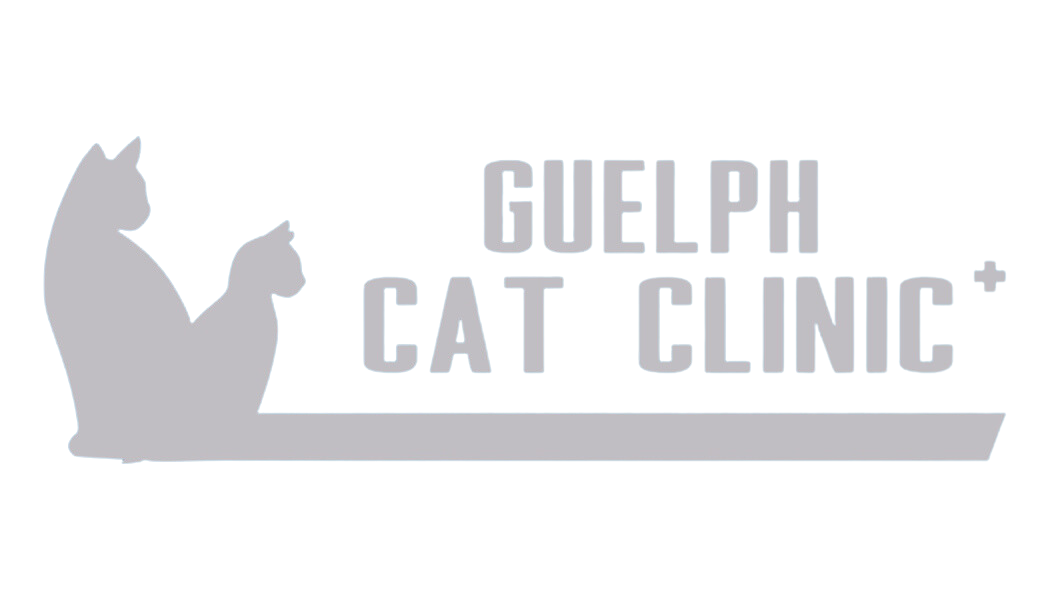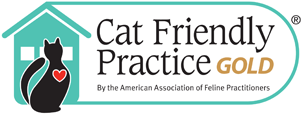Library
-
Coccidiosis is an intestinal tract infection caused by a single-celled organism (protozoa) called coccidia. Coccidia are microscopic parasites that live within the cells that line the intestine. The most common clinical sign of coccidiosis is diarrhea, but most cats have no clinical signs.
-
Codeine is given by mouth or injection and is used off label in cats and dogs to treat mild to moderate pain, cough, and occasionally diarrhea. Give as directed by your veterinarian. Common side effects include sleepiness and constipation.
-
Coenzyme Q-10 is an over the counter supplement given by mouth and is used off label to treat heart, nerve, or inflammatory conditions in dogs and cats. Give as directed by your veterinarian. Side effects are uncommon and have not been documented. Use cautiously in pregnant or nursing pets. If a negative reaction occurs, please call your veterinary office.
-
Colloidal oatmeal topical (brand name DermAllay®, Epi-Soothe, others) is an anti-inflammatory, antipruritic (anti-itching), and emollient (softening, soothing) agent used in the treatment of surface skin disorders and skin reactions in cats and dogs. It is made from oat grains (Avena sativa). Colloidal oatmeal topical comes in spray, cream rinse, and shampoo forms.
-
Colostrum is given by mouth and is used over the counter to treat various immune-mediated and inflammatory conditions. Give as directed by your veterinarian. Side effects are uncommon and may include gastrointestinal upset in pets with a dairy allergy. There are no known contraindications. If a negative reaction occurs, please call your veterinary office.
-
Severe heart disease in cats can lead to congestive heart failure, a condition that occurs when the heart is no longer able to pump blood to the body, and fluid starts to back up. With right-sided heart failure, fluid backs up in body cavities, whereas with left-sided heart failure, fluid backs up into the lungs. The most common type of heart disease in cats is hypertrophic cardiomyopathy (HCM). Difficulty breathing is the number one clinical sign.
-
Conjunctivitis means inflammation of the conjunctiva. If you see excessive tearing from one or both eyes, abnormal discharge, and reddened conjunctival membranes, your cat may have conjunctivitis. The most common causes of conjunctivitis include infectious diseases and non-infectious conditions, including allergies, injuries, hereditary conditions, and tumors. The approach to non-specific conjunctivitis is to use eye medications containing a combination of broad-spectrum antibiotics to control the bacterial infection and anti-inflammatory drugs to reduce the inflammation. The prognosis depends on the specific diagnosis. It can be a recurring condition in some cats.
-
Cats were once considered solitary creatures. We now know that they are, in fact, social animals who benefit from interaction with their own and other species. However, not all cats are social with other cats. The personality of each cat must factor into the decision to introduce a new cat to your home.
-
Constipation is defined as an abnormal accumulation of feces in the colon resulting in difficult bowel movements. Constipation is a condition seen most commonly in mature, middle-aged cats and can be caused by hairballs, ingestion of foreign bodies, pelvic injuries, or obesity and/or lack of exercise. Megacolon is the most common cause of constipation in cats. In most cases, a diagnosis of constipation can be made on the basis of the cat's clinical signs and medical history. Treatment varies depending on the cause of constipation. The long-term outlook varies according to the cause of the constipation; however, most cats can be adequately managed without surgery and resume normal, healthy lives.
-
A Coombs test is used to test for a disease called immune-mediated hemolytic anemia (IMHA). IMHA is a condition in which the immune system breaks down or destroys red blood cells, leading to anemia. The test detects the presence of immunoglobulins (antibodies) on the surface of red blood cells.



